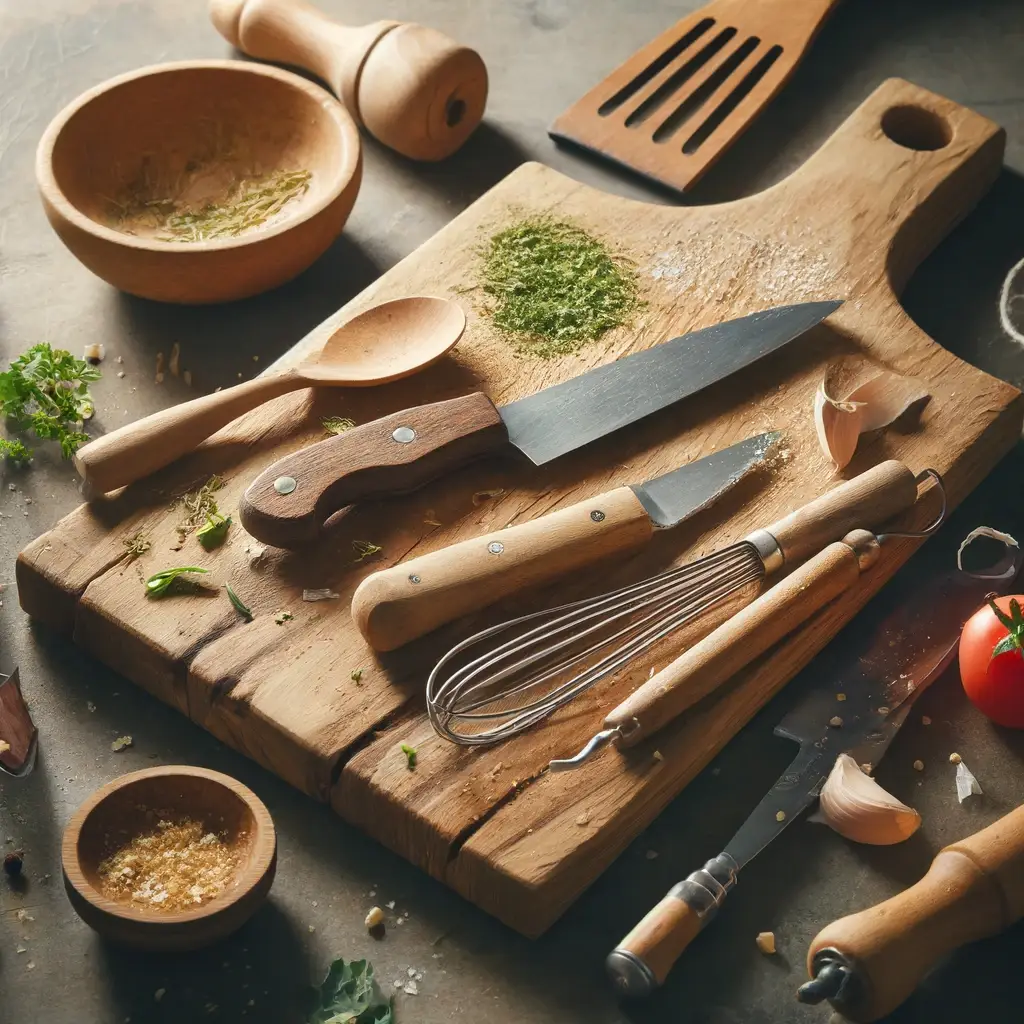A well-crafted cutting board or a reliable kitchen utensil can elevate your cooking experience in ways you wouldn’t expect. A gorgeous hardwood cutting board sitting on your counter isn’t just a functional tool—it’s a statement piece. It’s the kind of thing that makes guests pause mid-conversation to admire your taste. But beyond the aesthetic appeal, switching to sustainable kitchenware means reducing plastic waste, making smarter material choices, and investing in products that actually last.
We’ve tested countless cutting boards over the years—wood, bamboo, plastic, composite—and we can confidently say that nothing beats a high-quality wooden board. The tactile feel of slicing through crisp vegetables on a smooth maple or walnut board just can’t be replicated. It’s gentle on knife edges, easy to maneuver, and naturally resists bacteria thanks to its dense wood grain. But, of course, there’s a catch: wood requires regular maintenance. If you can commit to oiling and conditioning it, a well-made board will last decades and age beautifully over time.
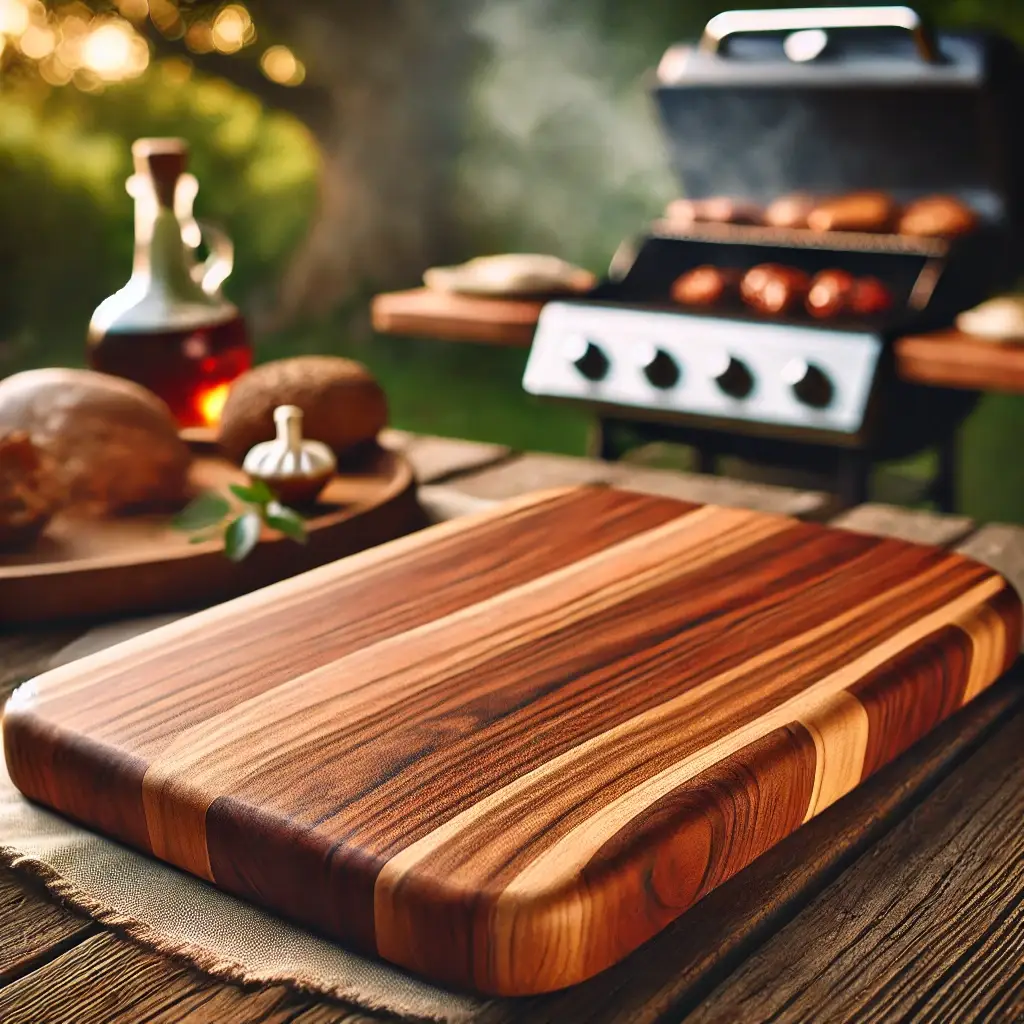
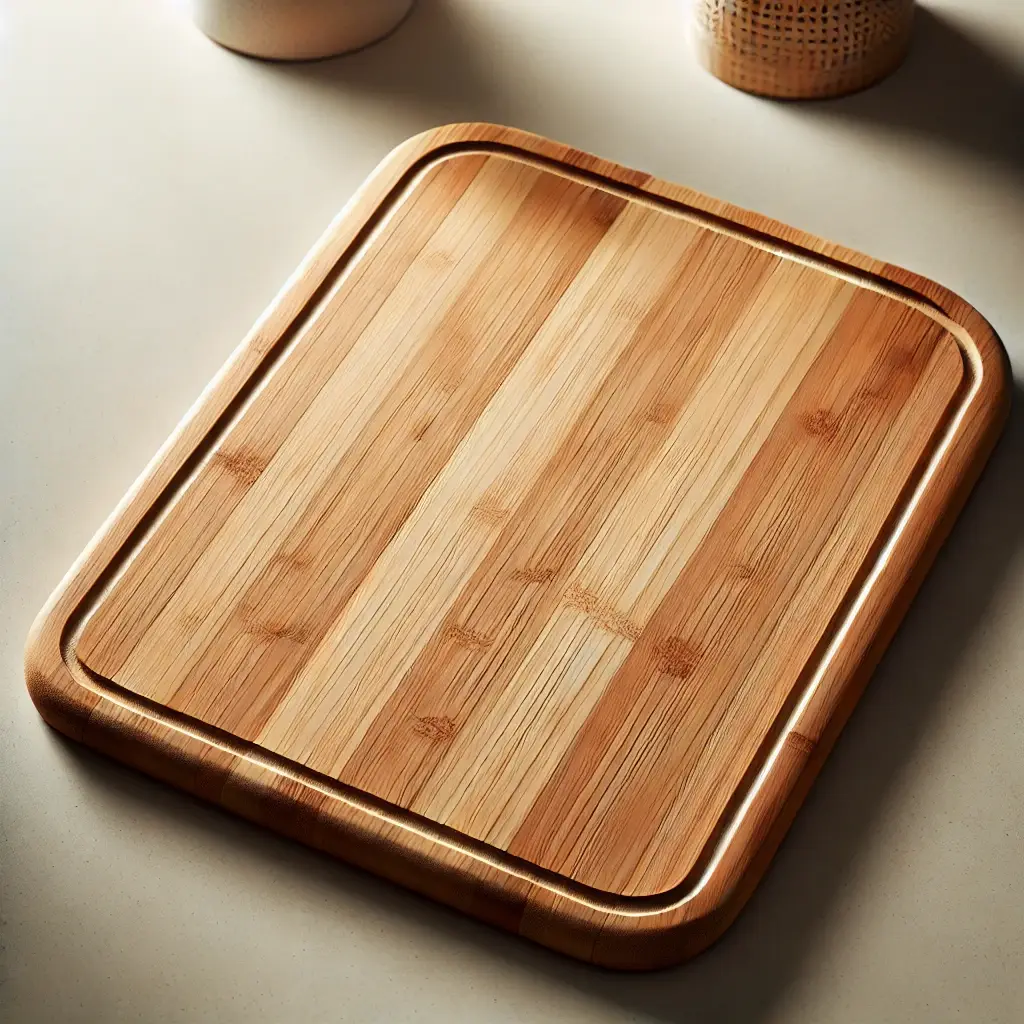
If you’re looking for something just as sustainable but slightly more budget-friendly, bamboo is a solid alternative. It’s lightweight, naturally antimicrobial, and significantly cheaper than traditional hardwood. That said, it’s harder than most woods, meaning it can dull your knives faster. And while bamboo is low-maintenance, it’s not as durable in the long run—boards can warp or crack if exposed to too much moisture.
We know plastic cutting boards are everywhere, and yes, they’re convenient. They’re dishwasher-safe, lightweight, and inexpensive. But they come with a hidden cost: microplastics. Every time you use a plastic board, tiny plastic particles wear off and can end up in your food (and eventually, in the ocean). If you absolutely must have a plastic board for raw meat, we recommend choosing one made from recycled materials—and replacing it the moment you see deep knife grooves.
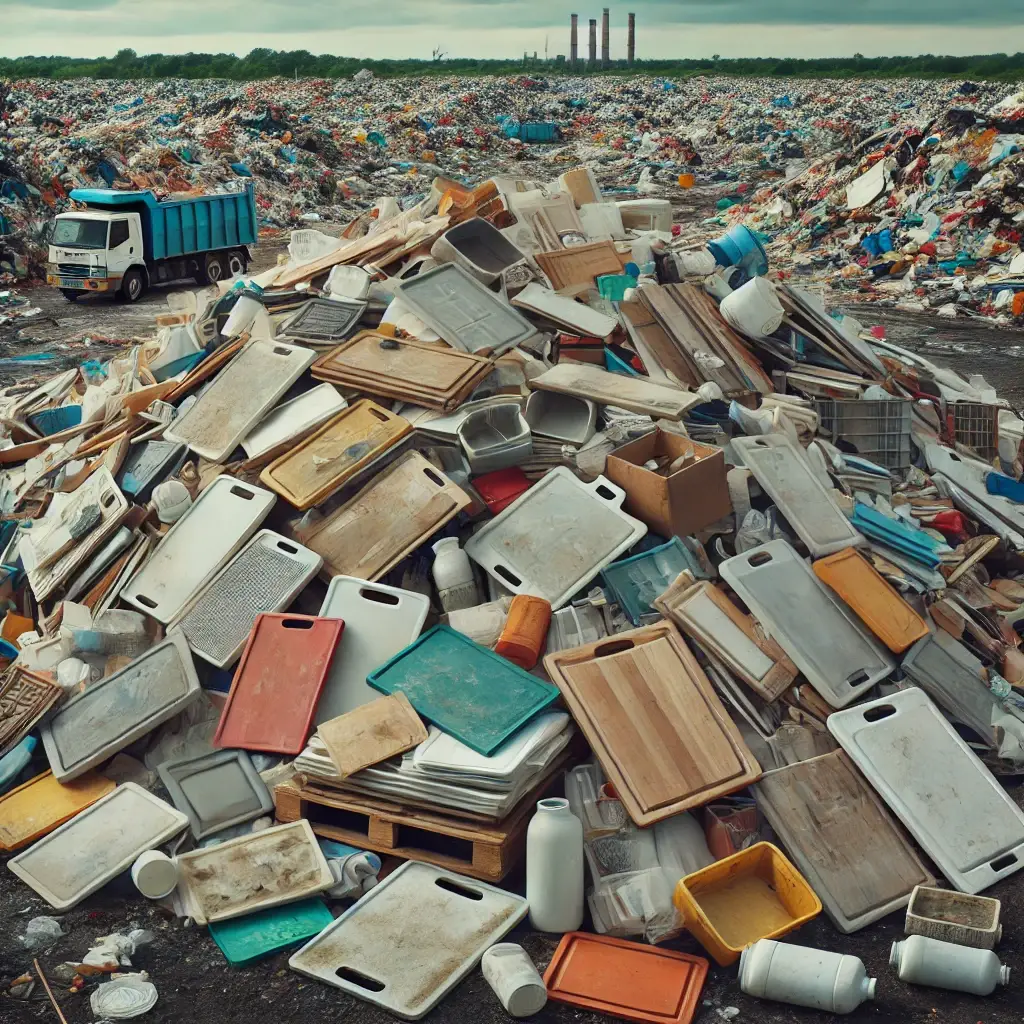
A good spatula should feel like an extension of your hand—balanced, sturdy, and capable of flipping the perfect pancake without sticking. The same goes for a reliable wooden spoon, a whisk that doesn’t bend out of shape, or tongs that grip without slipping. But when it comes to choosing sustainable utensils, material is everything.
Wooden utensils have a warmth and familiarity to them that just makes cooking more enjoyable. Whether it’s a beechwood spoon stirring a simmering pot of soup or an acacia spatula sliding under a golden-brown omelet, there’s something undeniably satisfying about using well-made wooden tools. They’re naturally antimicrobial, don’t leach chemicals into your food, and won’t scratch delicate non-stick pans. The only downside? Like wooden cutting boards, they need a little TLC. Regular oiling will keep them from drying out and cracking.
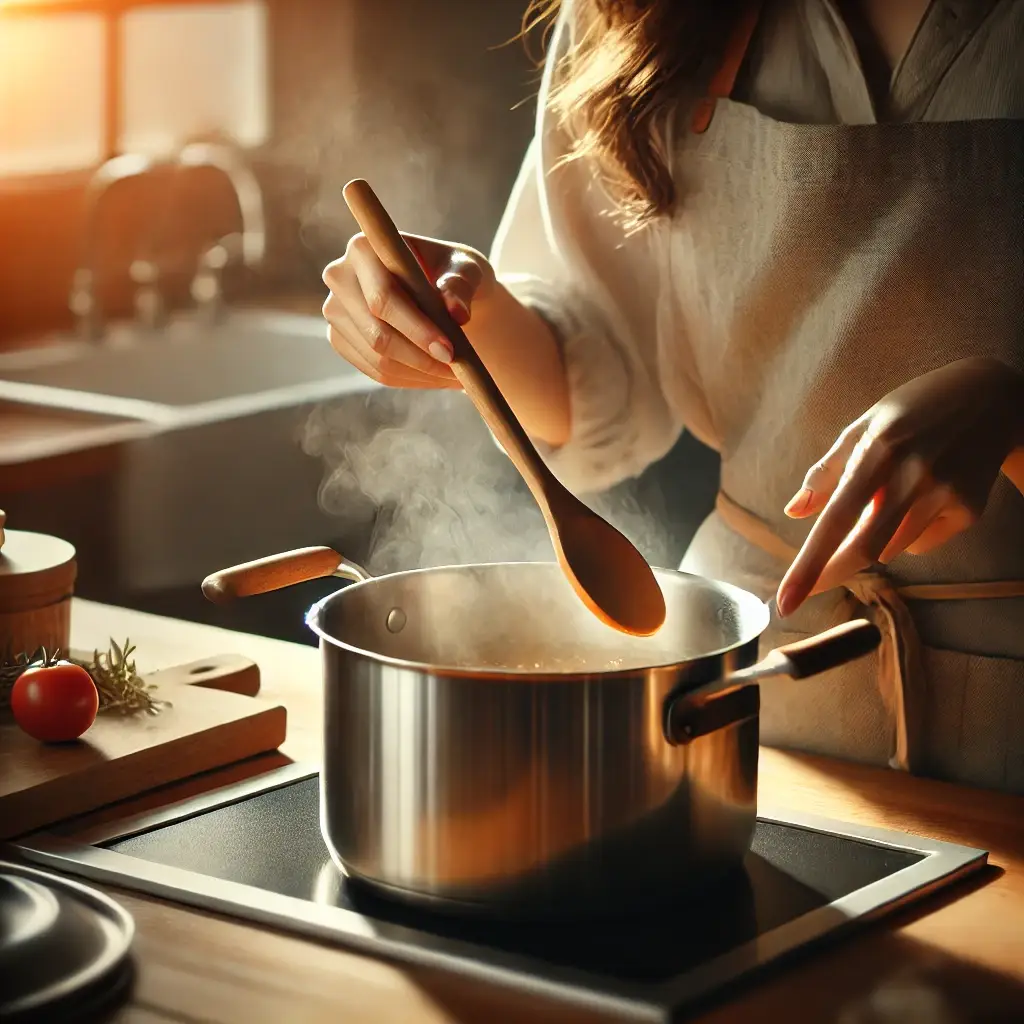
If you’re looking for something ultra-durable, stainless steel is the way to go. It’s indestructible, heat-resistant, and dishwasher-safe, making it a favorite in professional kitchens. Stainless steel ladles, tongs, and whisks can handle anything from high-heat cooking to intense daily use. The only real downside is that they can be tough on non-stick surfaces, so you’ll want to pair them with cast iron or stainless steel cookware.
Silicone utensils have become increasingly popular, and for good reason. High-quality, food-grade silicone is heat-resistant, flexible, and completely free of harmful chemicals like BPA. They’re perfect for delicate baking tasks, scrambling eggs, or mixing batter without scratching your bowls. Just be mindful of cheap, low-quality silicone products—they can degrade over time and aren’t as biodegradable as wood.
Caring for Your Kitchen Tools
Sustainability isn’t just about choosing the right materials—it’s about making things last. A well-maintained wooden cutting board or utensil can serve you for decades, while even the most expensive kitchen tools will wear out quickly if neglected. We’ve learned that the key to longevity is simple: clean, condition, and store properly.
Wood and bamboo kitchenware should never go in the dishwasher. Hand-wash with warm, soapy water, dry immediately, and apply food-safe mineral oil regularly to keep the material from cracking. For stainless steel, a quick scrub with baking soda removes stains and restores shine, while silicone tools can go straight into the dishwasher for hassle-free cleaning.
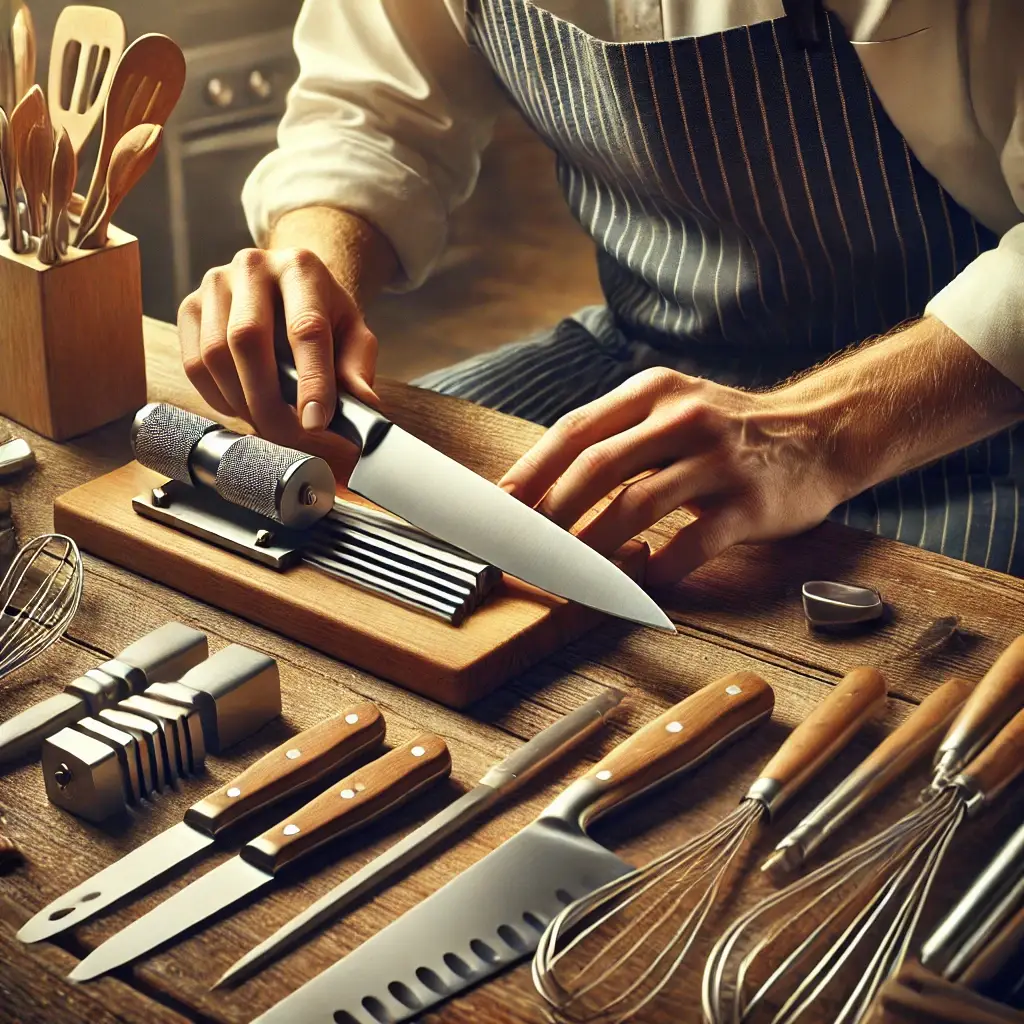
The Bottom Line
Choosing eco-friendly cutting boards and kitchen utensils isn’t just about being environmentally responsible—it’s about investing in tools that make cooking more enjoyable. A high-quality wooden board feels better under a knife, a well-balanced spatula makes flipping food effortless, and a reliable whisk will stand up to years of baking experiments. If you’re ready to build a more sustainable kitchen, start with the essentials. Your food (and the planet) will thank you.
